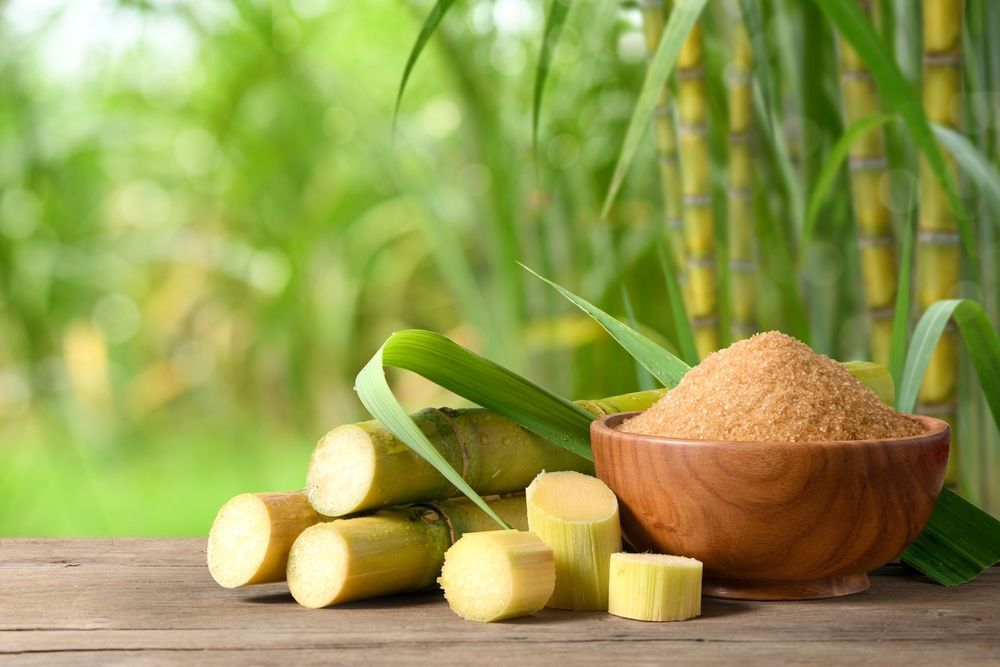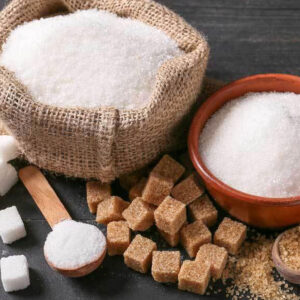Discover the Uses and Conveniences of Beet Sugar Vs Cane Sugar in Your Daily Diet Plan
Checking out the distinct high qualities of beet and cane sugar reveals more than just their sweetening abilities; it highlights their distinct effects on wellness and cookeries. Beet sugar, recognized for its refined taste, is frequently preferred in fragile treats, whereas cane sugar, with its hint of molasses, adds richness to durable recipes. Each kind holds its very own nutritional profile and glycemic effects, welcoming a much deeper understanding of their duties in a well balanced diet plan and sustainable usage practices.
Beginning and Manufacturing Procedures of Beet and Cane Sugar

The unique environments and dirt types required for growing sugar beets and sugarcane add to differences in their cultivation practices and geographic circulation, influencing the business economics and sustainability of their production. beet sugar vs cane sugar.
Nutritional Contrast Between Beet Sugar and Cane Sugar
In spite of stemming from various plants, beet sugar and cane sugar are nutritionally really comparable, both mostly including sucrose. Each offers about 4 calories per gram, converting to roughly 16 calories per tsp. Structurally, both sugars are made up of roughly 99.95% sucrose, with very little amounts of various other substances like moisture and trace element, which do not considerably change their nutritional profiles.

Ultimately, when choosing between beet sugar and cane sugar based upon nutritional material alone, both deal similar benefits and drawbacks as they are essentially forms of the very same particle-- sucrose, offering fast power without various other nutrients.
Influence On Health: Glycemic Index and Caloric Material
Exploring even more into the effects of beet sugar and cane sugar on wellness, it is essential to consider their glycemic index and calorie web content. Both sugars are categorized as sucrose, which contains sugar and fructose. This structure leads them to have a comparable impact on blood see here now sugar level levels. The glycemic index (GI) of both beet and cane sugar is around 65, categorizing them as high-GI foods, which can create quick spikes in blood sugar degrees. This is a crucial aspect for people managing diabetic issues or those attempting to support their power degrees throughout the day.
Each kind of sugar includes around 4 calories per gram, making their calorie content matching. For those checking caloric intake, specifically when handling weight or metabolic wellness problems, recognizing this equivalence is crucial (beet sugar vs cane sugar). Excessive intake of any type of high-calorie, high-GI food can contribute to health problems such as obesity, heart illness, and insulin resistance.
Environmental and Economic Considerations of Sugar Production
Beyond wellness influences, the production of beet and cane sugar also increases considerable environmental and financial issues. Sugar beet cultivation often tends to need cooler climates and has a lower geographical impact contrasted to sugar cane, which prospers in tropical regions. Both plants are extensive in terms of water use and land occupation, possibly Find Out More leading to deforestation and water shortage. Economically, the worldwide sugar market is highly unpredictable, affected by adjustments in worldwide trade plans and aids. Lots of countries incentivize sugar manufacturing through financial backing, skewing market value and affecting small farmers negatively.
In addition, making use of chemicals and plant foods in both beet and cane sugar growing can lead to soil destruction and contamination, further affecting biodiversity and neighborhood water bodies (beet sugar vs cane sugar). The selection between growing sugar beet or cane often depends upon regional environmental problems and financial aspects, making the sustainability of sugar production a complex issue
Culinary Applications and Flavor Distinctions
While the environmental and economic elements of sugar manufacturing are indeed significant, the choice between beet and cane sugar likewise affects culinary applications and taste profiles. Beet sugar, stemmed from the sugar beet plant, is recognized for its extremely neutral preference. This makes it a functional ingredient in cooking, where it does not change the taste of other components. It dissolves promptly and is optimal for usage in cakes, cookies, and pastries.
Walking cane sugar, extracted content from sugarcane, usually maintains molasses traces, which pass on an unique richness and depth. The minor variant in dampness material in between beet and cane sugar can affect the texture and uniformity of meals, making cane sugar a recommended choice for details recipes that benefit from its unique homes.

Final Thought
To conclude, both beet and cane sugar have distinct beginnings and production procedures, providing comparable nutritional profiles with minor distinctions in salt web content and flavor. While their influence on wellness, especially relating to glycemic index and calories, is equivalent, the option in between them frequently steams down to ecological, economic aspects, and details cooking needs. Understanding these elements can lead consumers in making informed decisions that line up with their health and wellness goals and taste choices.